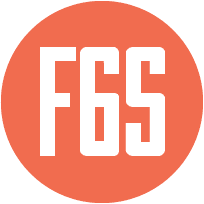5. Economic System:
a. Marketplace:
-
Asset Listing: Allow players to list their in-game assets, such as items, tools, or NFTs, for sale or trade. This would include setting a price or specifying trade conditions.
-
Search & Filtering: Provide functionalities for players to search for specific assets, filter based on various criteria (like price, rarity, or type), and sort the results for easier navigation.
-
Transaction Management: Handle the actual trade or sale process, ensuring the secure transfer of assets between accounts and updating the blockchain records accordingly.
-
Marketplace Fees: Introduce a system of fees for listing or completing transactions, providing a revenue stream for the network and potentially serving as a sink for energy tokens.
-
Ratings & Reviews: Allow players to rate and review transactions or traders, ensuring trustworthiness within the marketplace.
b. Token Economy:
-
Token Minting: Provide a controlled mechanism for the central network operator to mint new energy tokens, ensuring that the total supply is regulated and inflation is managed.
-
Token Distribution: Handle the distribution of tokens to players, be it as rewards for in-game achievements, compensation for network contributions, or any other mechanism.
-
Token Consumption: Track the spending of tokens by players, whether they're used for in-game transactions, accessing premium content, or any other functionalities.
-
Token Burn: Introduce a mechanism to remove tokens from circulation, either as a result of specific in-game activities or to manage the overall token economy.
c. Real-world Integration:
-
Stripe Payment Integration: Facilitate the purchase of energy tokens using real-world currency via Stripe. This involves handling payment processing, issuing tokens to buyers, and managing potential refunds.
-
Token to Currency Conversion: Allow players to exchange their energy tokens for tangible or intangible currency. This can be done either directly through client-to-client transactions as the client it self functions as a self hosted exchange or via third-party exchanges and the blockchains various API's.
-
NFT Minting: Grant the central network operator the ability to mint unique NFTs that can represent rare in-game assets, special characters, or any other unique entities. These NFTs can then be traded or sold in the marketplace.
-
NFT Verification: Ensure that every NFT's authenticity and ownership can be verified on the blockchain, providing confidence in their uniqueness and value.
Conclusion:
The economic system of a game, especially one integrated with blockchain, adds layers of depth and strategy for players. By intertwining gameplay with an intricate token and marketplace system, players are incentivized to engage more deeply with the game world, making decisions that not only impact their in-game status but also have potential real-world implications. Properly managed, this can lead to a thriving in-game economy that mirrors the complexities of real-world financial systems.

